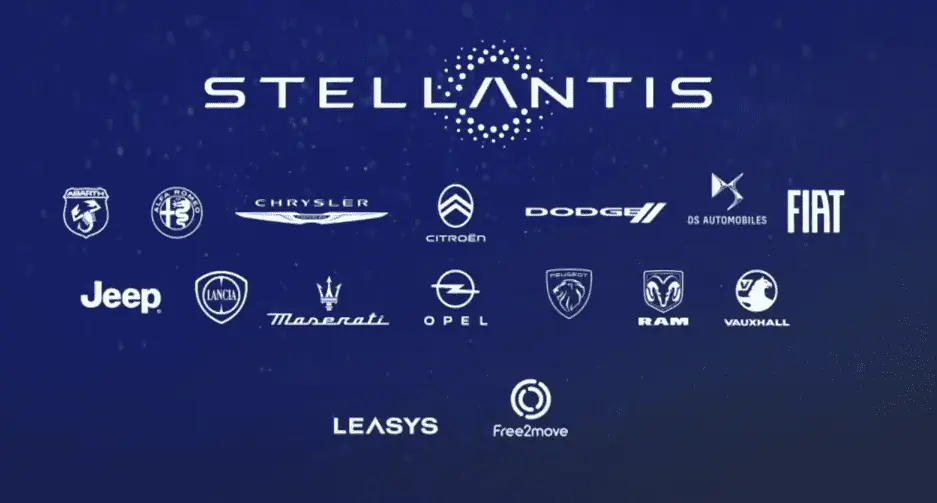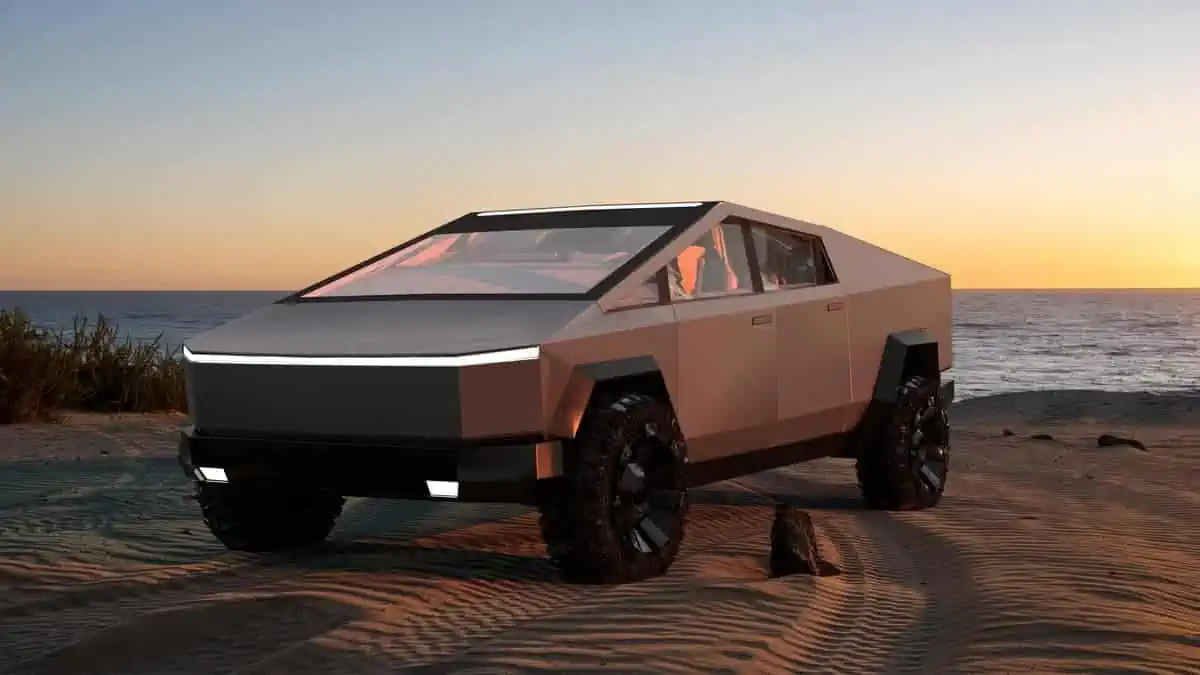Multinational automaker Stellantis‘ Chief Executive Carlos Tavares encourages the industry to shift to lighter electric vehicles to cut battery material costs and optimize the technology’s environmental benefits, CBT News reported.
Status quo
Stellantis CEO Carlos Tavares expressed his concerns during the company’s Freedom of Mobility Forum on April 3, 2024. He bravely told shareholders that current-gen battery technologies are “resource-intensive components” that contradict the whole point of electric vehicle uptake: green mobility.
CEO Tavares cited that the usual weight of a “decent range” model is about 1,000 pounds heavier than its internal combustion engine-powered counterpart.
For instance, Tesla equipped its Model 3 LR with a 1,060 lbs battery pack to enable a driving range of 341 miles. That battery pack represents about a fourth of the electric sedan’s curb weight of 4,030 lbs.
In that sense, the Stellantis boss believes that reducing the battery weight is necessary within the following decade to offset the environmental impact of electric vehicle manufacturing. Lighter EVs could potentially aid the industry as it struggles with high material costs in current-gen battery chemistries.
Stellantis boss calls for 50% reduction in EV battery weight
Stellantis CEO Tavares believes that cutting electric vehicle battery weight by at least 50% will substantially lower the carbon footprint of manufacturing.
In addition, he expressed optimism about the imminent arrival of a technological “breakthrough” that can lead to lighter batteries and, hence, lighter EVs.
“I think over the next decade we’ll be able to reduce the battery pack weight by 50%, hence reducing by 50% the use of additional raw materials against a conventional vehicle.”
Stellantis CEO Carlos Tavares
Apart from the potential efficiency and environmental benefits, cutting the weight of current-gen batteries and EVs could also boost the safety of other vehicles and pedestrians on the road.
In hindsight, NTSB head Jennifer Homendy noted the significant weight disparity between EVs and gas-powered cars.
“I’m concerned about the increased risk of severe injury and death for all road users from heavier curb weights and increasing size, power, and performance of vehicles on our roads, including electric vehicles. We have to be careful that we aren’t also creating unintended consequences: More death on our roads. Safety, especially when it comes to new transportation policies and new technologies, cannot be overlooked.”
NTSB head Jennifer Homendy said in a January 2023 speech.
In hindsight, Stellantis introduced its inaugural electric vehicle model, Fiat 500e mini car, for the US market earlier this year.
EV market cools, Kia shifts to hybrids
Electric vehicle sales are still growing despite an ongoing growth slowdown amid concerns over high production costs, inadequate charging infrastructures, and a lack of affordability.
CEO Tavares’ remarks came the same week the three Detroit automakers released their Q1 2024 sales results. Interestingly, their performance demonstrated a significant surge in demand for hybrid models over battery-powered ones.
It is undoubtedly an advantage for the company, which followed Toyota’s strategy of focusing on hybrid technology amid the shift to clean mobility.
The growing popularity of hybrid vehicles prompted South Korean automaker Kia to also shift its focus to the technology. In this sense, Kia is rolling out hybrid counterparts of its top-selling models, including the recently launched Carnival HEV. It plans to offer a total of six HEVs in its portfolio in 2024, eight in 2026, and nine in 2028.
With these upcoming models, Kia projects its hybrid models to contribute 12% or about 372,000 units to its global sales in 2024. This rate will increase to 19% in 2028. Despite this increased focus on HEVs, Kia will still expand its all-electric vehicle lineup with six new affordable EVs in key markets, including the EV2, EV3, EV4, and EV5.
All that said, CEO Tavares calls for the industry to explore the possibility of producing more efficient cars by increasing battery cells’ power density rather than adding more batteries. In effect, it can cut the industry’s heavy reliance on battery cell minerals like lithium, potentially boosting the global shift to all-electric vehicles.






